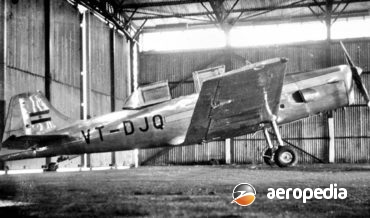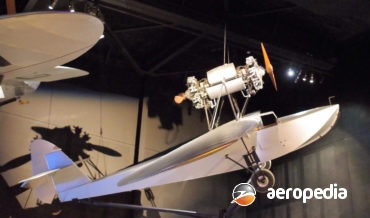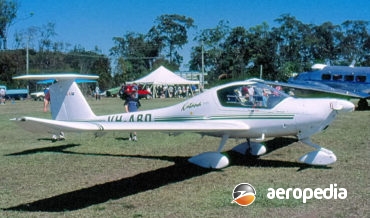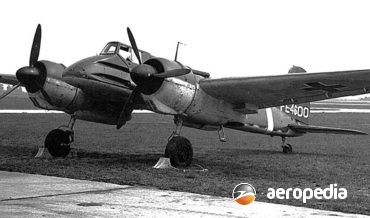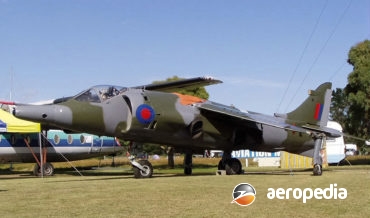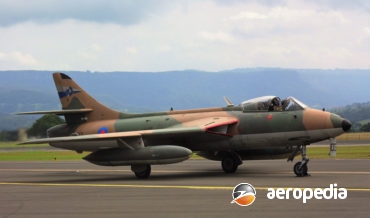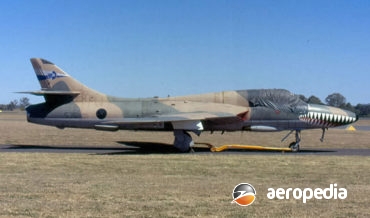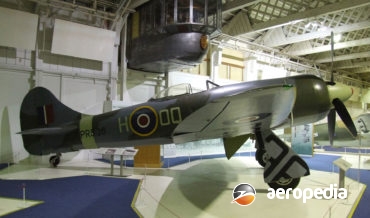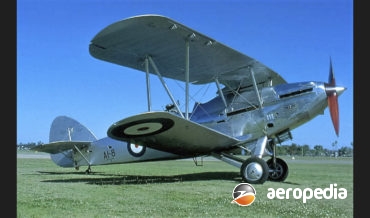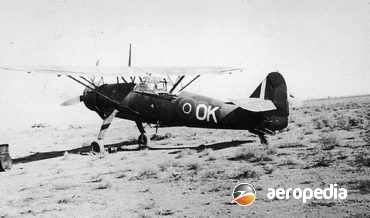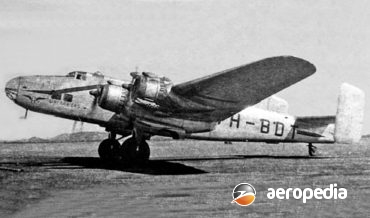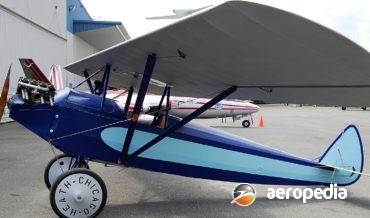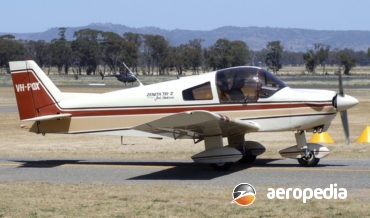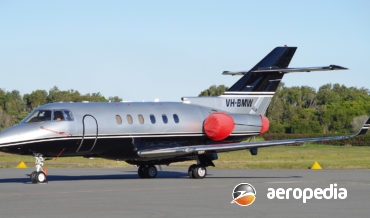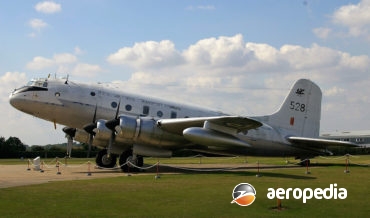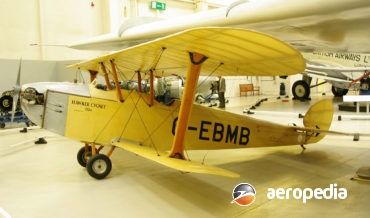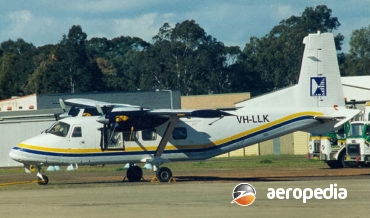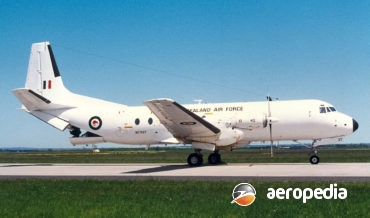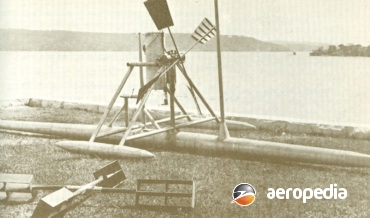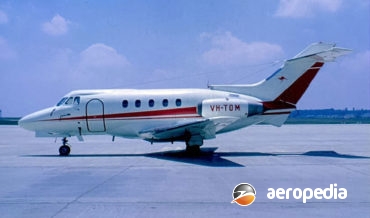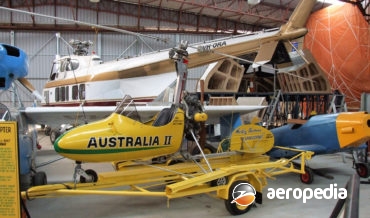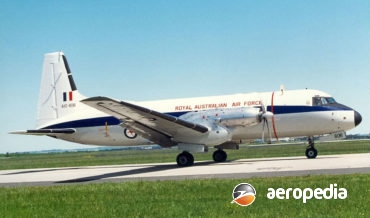All Contents
Contents
The HT-2 was designed by Dr V M Ghatge, Chief Designers of Hindustan Aircraft Ltd at Bangalore, India.
David C. Eyre
- August 24, 2019
In 1955 the aircraft division of the Hughes Tool Co designed and developed a light helicopter known as the Model 269.
David C. Eyre
- August 24, 2019
The Ibis was a foray into the design and construction of a light aircraft by one of Australias most famous aviators, Herbert (Bert) John Louis Hinkler.
David C. Eyre
- August 24, 2019
The Hughes 500 series was chosen for development for the US Army in 1961 as the OH-6A, and five prototypes were ordered for evaluation in competition with the Bell OH-4A and the Hiller OH-5A.
David C. Eyre
- August 24, 2019
The DV-20 Katana is a two-seat training and touring aircraft produced by HOAC Austria Flugzeugwerk at Weiner Neustadt, being basically a development of the Dimona and Super Dimona motor gliders.
David C. Eyre
- August 24, 2019
The Hawker Sea Fury was the last piston-engine fighter-bomber to be manufactured in quantity in the United Kingdom.
David C. Eyre
- May 19, 2019
The Hs 129 was one of a number of designs put forward to the German State Ministry of Aviation in 1937 for a dedicated close air support aircraft, becoming known as the “winged can-opener.
David C. Eyre
- May 19, 2019
After many years of research into vertical take-off and landing (VTOL), on 21 October 1960 Hawker Siddeley flew, tethered, the P.1127 (XP831), a single-seat fighter designed around the Bristol Siddeley Pegasus engine which had four rotating exhaust nozzles to provide vertical and horizontal flight.
David C. Eyre
- May 19, 2019
In 1934 the British Air Ministry foresaw the problems that may later occur in Europe and decided upon a major expansion programme for its military services, one of the fruits of this plan being the Hawker Hind light bomber, designed as an interim replacement for the Hawker Hart, which had
David C. Eyre
- May 19, 2019
Following the cessation of hostilities in World War II, Hawker initiated design of a private project single-seat fighter (known as the P-1067) powered by a 6,500 lbst Rolls Royce AJ65 axial flow turbojet fitted with two 30 mm Aden cannon.
David C. Eyre
- May 19, 2019
In 1954 Hawker chose to develop a two-seat variant of the Hunter, the prototype (XJ615) flying for the first time on 8 June 1955, a production order being placed for 55 aircraft with the designation Hunter T.7.
David C. Eyre
- May 19, 2019
The Hurricane was designed by Sydney Camm to Air Ministry specification F36/34, the prototype (K5083) built at Kingston making its first flight on 6 November 1935, the first production aircraft flying on 12 October 1937, and the first unit to receive the aircraft being No 111 squadron at Northolt.
David C. Eyre
- May 19, 2019
In 1950 the Australian Government expressed interest in obtaining a new variant of the Hawker P.1052 single seat fighter then under test at the Hawker facility at Kingston.
David C. Eyre
- May 19, 2019
The Tempest was a development of the Typhoon designed by a team lead by Sydney Camm, being a logical development of the earlier aircraft with the Napier Sabre IV engine
David C. Eyre
- May 19, 2019
The Hawker Typhoon was designed by Sydney Camm as an interceptor fighter to replace the Hurricane.
David C. Eyre
- May 19, 2019
In 1916 the Societe Anonyme de Appareils d’Aviation Hanriot built a fighter for operations in World War I, this aircraft, the HD-1, being designed by Emile Dupont and it was the company’s first fighter design.
David C. Eyre
- May 19, 2019
The Heinkel He 114 was a two-seat twin float shipboard reconnaissance seaplane built for the German Navy.
David C. Eyre
- May 19, 2019
The lack of potent fighter aircraft was evident in the United Kingdom in 1930 when, during exercises, the Hawker Hart bombers of the RAF were too fast for the then RAF fighter aircraft, the Armstrong Whitworth Siskin, to intercept.
David C. Eyre
- May 19, 2019
The Hs 126 was designed by Henschel Flugwerke AG at Schonefeld as an Army co-operation aircraft and was eventually used in the multi-role tactical aircraft role.
David C. Eyre
- May 19, 2019
The Halberstadter Flugzeugwerke, formerly the German office of the Bristol & Colonial Aeroplane Company, produced a series of fighter aircraft for the German Airforce prior to and during World War I.
David C. Eyre
- May 19, 2019
One of the most important bombers of World War II, a total of 6,179 Handley Page Halifax’s had been built by time the production ended, having been built by Handley Page (1,592), English Electric (2,145), London Aircraft Production Group – LAPG (710); Rootes Securities (1,071) and Fairey Aviation (662).
David C. Eyre
- May 19, 2019
The O/400 (Handley Page HP.12) was a development of the O/100, which was built to the requirements of the British Admiralty
David C. Eyre
- May 19, 2019
The prototype of the HP.80 Victor (WB771) made its first flight on 24 December 1952 but the programme suffered a setback when, on 14 July 1954, during a low-level run at Cranfield the ‘structural rigidity of the tail was slightly reduced by a minor fatigue failure’ causing the tailplane to
David C. Eyre
- May 19, 2019
Prior to World War I Hannoversche Waggonfabric AG was known for building railway rolling stock for the various railway in Europe, and in 1915 it was directed by the German Government to commence production of aeroplanes for the armed services.
David C. Eyre
- May 19, 2019
The Heath Parasol was designed in 1925 in Chicago, USA, by Edward B Heath as an ultra-light aircraft suitable for amateur construction.
David C. Eyre
- May 8, 2019
Whilst working in France with Avions Pierre Robin, Mr M Heintz, a professional aeronautical engineer, participated in the design of several light aircraft.
David C. Eyre
- May 8, 2019
The Courier utility aircraft was built for the Helio Aircraft Corp at the Pittsburg, Kansas, facility of Mid-States Manufacturing Corp.
David C. Eyre
- May 8, 2019
The Baby Bullet high-performance racing monoplane was one of a range of light aircraft designed by Edward Heath, including the Heath Parasol.
David C. Eyre
- May 8, 2019
The de Havilland DH-125 series was intended as a jet-engined replacement for the de Havilland DH-104 Dove executive aircraft, the project being announced in February 1961.
David C. Eyre
- May 8, 2019
Over the years development of the series continued, one variant being the Series 900XP which was a model which combined the airframe, operating weights and systems of the 850XP model, including the winglets, but which was fitted with the new Honeywell TFE731-50R turbofan which provided a five percent reduction in
David C. Eyre
- May 8, 2019
The Hastings was designed as a replacement for the Avro York transport in RAF service, and the prototype (TE580) made its first flight at Wittering on 7 May 1946, the second prototype (TE583) being flown for the first time on 30 December that year.
David C. Eyre
- May 8, 2019
Once the Hawker 800 series was placed in production British Aerospace looked at a further development of the type and, despite being the most capable model of all the various models, only 52 examples were completed.
David C. Eyre
- May 8, 2019
The prototype of the Handley Page W series of commercial airliners (G-EAPJ – c/n W8-1) was first flown on 2 December 1919.
David C. Eyre
- May 8, 2019
The Royal Aero club of Great Britain in 1924 organised a competition amongst the designers of the time to build a light aircraft suitable for weekend pilots.
David C. Eyre
- May 8, 2019
The Harbin Y-12 was a development of the piston engined C-11 built in some numbers by the State Aircraft Factory of the Chinese People’s Republic at Shenyang.
David C. Eyre
- May 8, 2019
During the early 1960s the RAF issued a requirement for a medium tactical freighter, and the Avro design team developed a variant of the Avro 748 (later Hawker Siddeley 748 series 2).
David C. Eyre
- May 8, 2019
Lawrence Hargrave (1850 - 1915) has been described as an engineer, explorer, astronomer and aeronautical pioneer.
David C. Eyre
- May 8, 2019
Known for a short time as the ‘Jet Dragon’, the DH-125 later became known as the HS-125 when the merger of several British aircraft companies occurred.
David C. Eyre
- May 8, 2019
Harley Newman was an avid gyrocopter operator for many years and developed a series of single-seat machines for sporting purposes.
David C. Eyre
- May 8, 2019
Intended as a replacement for the Douglas DC-3, and a direct competitor to the Fokker Friendship for civil and military use, the HS-748 was designed by A V Roe and Co (later part of the Hawker Siddeley Group) as a 36-seat commercial airliner.
David C. Eyre
- May 8, 2019
Recent Comments
Archives
Categories
- No categories
Categories
- No categories
Latest Posts
Newsletter

